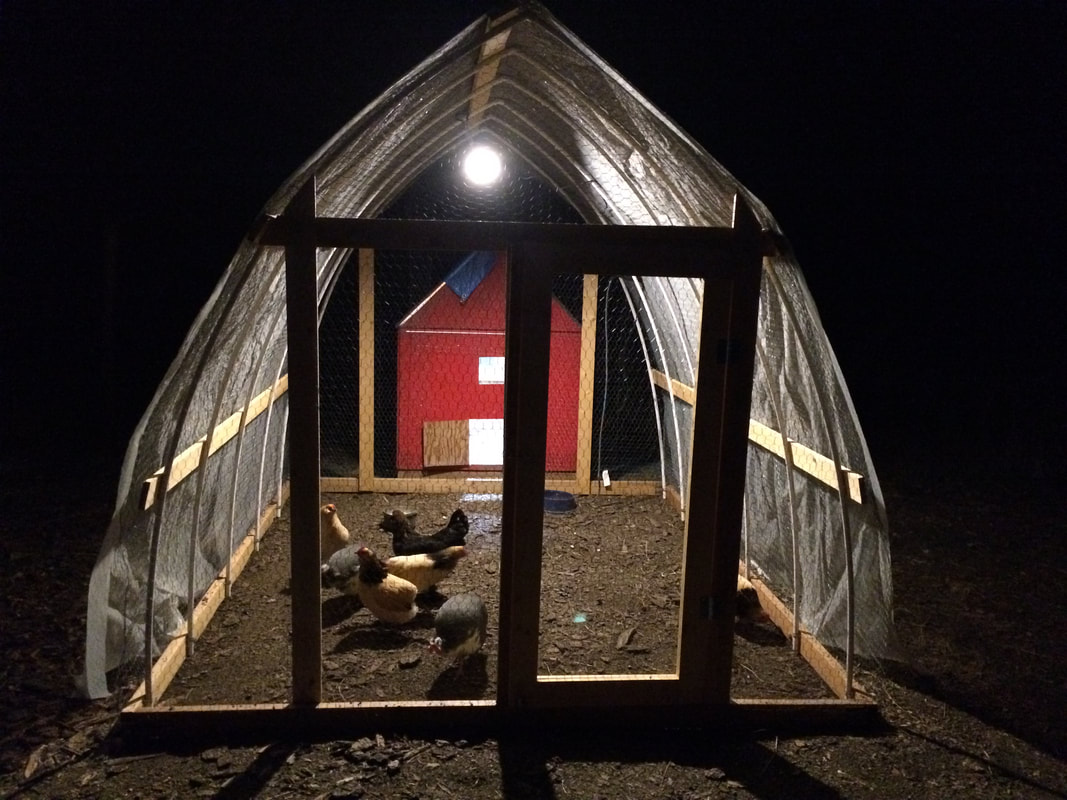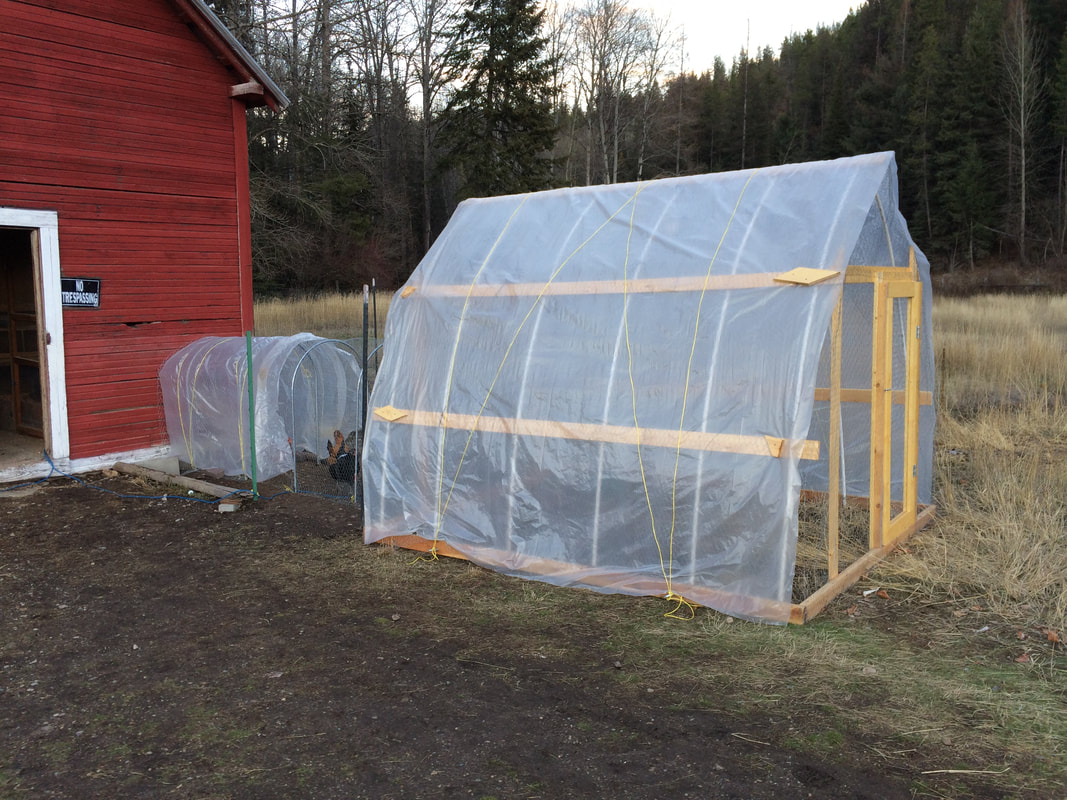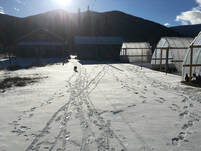|
Keeping chickens and other poultry in winter isn’t difficult but it does require some preparation as repairing or setting up fences in 3ft deep snow or scrambling with extension cords and heat lamps to prevent frost bite in sub zero conditions isn’t easy. Each of the next 6 weeks, I’ll focus on one aspect of caring for chickens and ducks in winter The main things to prepare for are:
Proper Shelter from Harsh ConditionsChickens (& especially Ducks) have a much larger range of temperature they are comfortable in than humans. Their smooth outer feathers and fluffy down keep them warm; a good thing for those chickens that live in area with cold winters. They actually tolerate cool to cold temperatures much better than they do high temperatures. The tiny daughters (& sons) of dinosaurs
Even with their greater tolerance range, they won’t like all weather. Rain. Wind. Hail. These are the main ones they would rather stay away from. Rain: While hens won’t mind a slow, gentle drizzle and will gladly stay out foraging, they don’t want to get soaked to the skin and neither do you because it is their feathers that keep them warm and pretty dry. They should always have a dry, covered place to go if they choose. Wind: They literally don’t like their feathers being too ruffled. While it doesn’t need to be a completely sealed box (its actually better it isn’t since ventilation is very important for poultry), it should have enough solid walls, or partial walls, that they can hunker out of the wind and stay warm. Hail: I mention hail separate from rain because while you could use a tarp or sheet to keep rain away, you need more substantial roof to handle hail. Plus, they really don’t like hail, so all will want to be under the cover at once and it needs to be big enough for them to all shelter comfortably. While having the shelter big enough for them to all stay inside comfortably, it can be helpful to no make it too big, especially if you frequently get subzero temps. The larger the shelter, the more effort and energy to heat it. But too small and the hens can’t choose to self-regulate their own temps. Instead of heating the whole space, I like to hang a heat lamp above one half of the perches so the hens can sit right under it if they really wanna warm up or away to cool down. I sign that they are cold is if they all sit underneath it.
Ducks are pretty similar in their needs to chickens, just don’t be surprised to see them share a tub of water with tiny icebergs in frigid conditions.
Next week, I’ll describe how I keep the snow from swallowing them and frustrating me! -Farmer Meg: chicken herder, cat wrangler, duck whisperer, dog walker, vegetable plucker, and flower buncher.
0 Comments
Leave a Reply. |
AuthorI'm Farmer Megan with a life full of cackles, clucks, quacks, weeds, crazy kitten, and one tiny, senior, blind dog. Archives
May 2024
Categories
All
|




 RSS Feed
RSS Feed